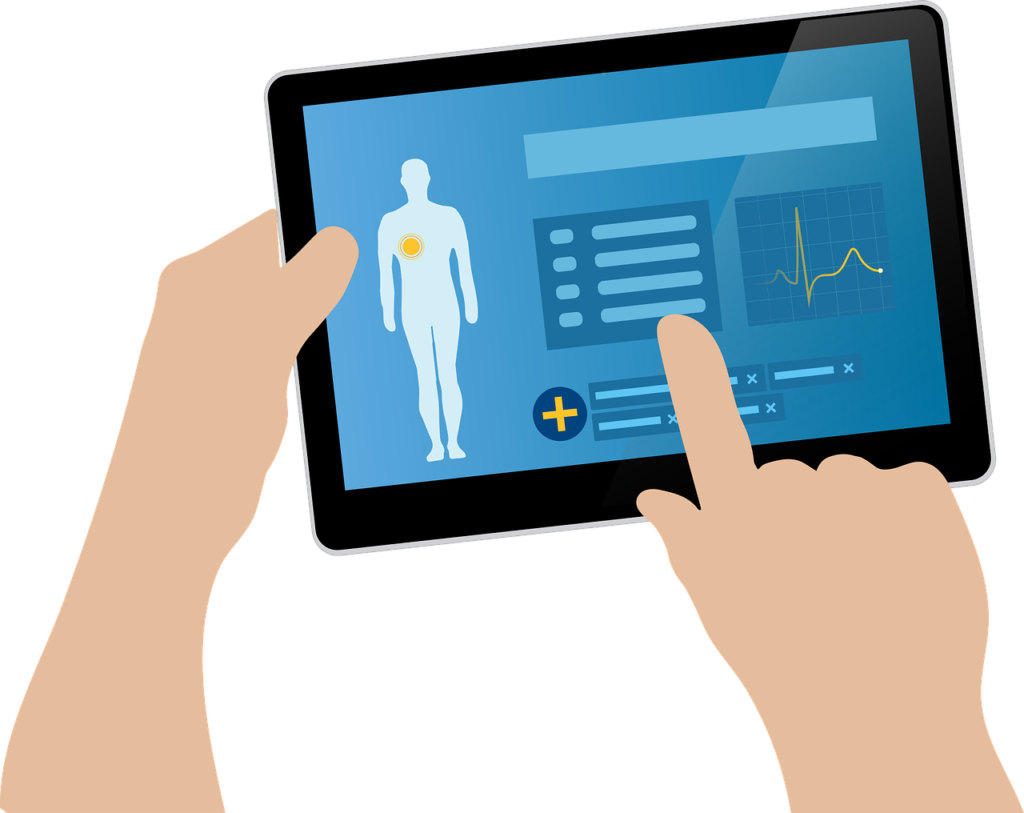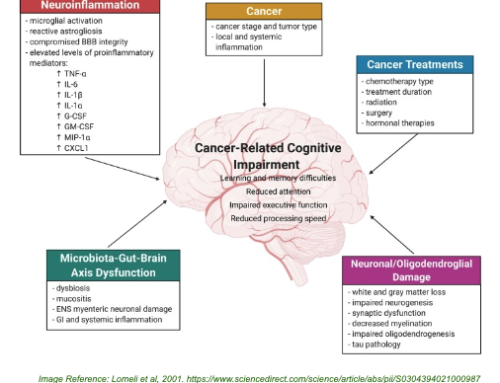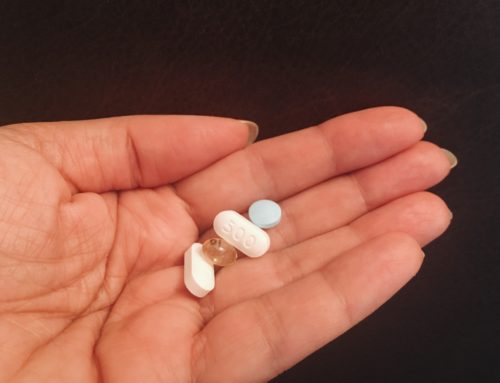The future of healthcare is increasingly on your smartphone and online – as part of the transformation towards digital healthcare.
With this shift in healthcare delivery it might not be too long before your doctor tells you to subscribe to two apps and call them in the morning.
Nowadays, prescriptions aren’t solely for medication. Increasingly, doctors are prescribing smartphone-enabled and web-apps to their patients. However, sifting through the over 160,000 medical and wellness apps currently on the market presents time-poor doctors and other healthcare professionals with a major challenge.
An App-Centric Future
Many medical professionals are getting quietly excited about medically prescribed apps. Increasingly they are being seen as a launching point for preventative and predictive healthcare strategies.
Taken to its logical conclusion, prescription apps may trigger a change in how patients view medicine and medical treatment. In the digital age, information and connectivity may be as critical as medicine.
Building on the broad acceptance of personal fitness apps, an entrepreneurial medical fraternity are looking to use a similar strategy to dealing with chronic conditions such as heart disease, diabetes and osteoarthritis.
The most validated benefit, are those apps which involve the sharing of data between patients and their healthcare professional, to supplement traditional face to face care. If this is done well, at scale, the potential financial benefit to our over-stressed healthcare system from could be in the billions.
App-solute Bliss
In the coming years, expect to see a host of clinical trials of apps and medical devices that assist doctors in diagnosing and managing patient treatment to be launched, with a large component of those seeking approval from federal regulatory authorities.
Here are some services that have caught our attention recently:
In the United States, IMS Health launched App Script a service that collates and curates the myriad of apps doctors are most likely to be interested in prescribing to their patients. IMS Health’s Physician Engagement Platform provides doctors with a platform to select and deliver a digital prescription to their patient’s smartphone immediately.
Similarly, WellDoc’s DiabetesManager gathers data about a patient’s blood sugar levels, medication habits and diet. Patients can access it via a smartphone app, laptop or desktop PC DiabetesManager patients either enter their data manually or sync their devices wirelessly with a glucose monitor. The app suggests meal options after recording a low blood-sugar reading, while an algorithm analyzes the patient’s data and sends clinical recommendations to the doctor.
In the United Kingdom, GDm-health is targeting gestational diabetes in pregnant woman. Their smartphone app enables women to share their home blood glucose readings with their physician. A two-year trial at the Royal Berkshire NHS Foundation Trust discovered the app delivered a 25 per cent reduction in the volume of patient visits as patients didn’t need to visit their clinic as frequently.
Similarly, another system the Oxford University Institute of Biomedical Engineering developed helps manage chronic obstructive pulmonary disease. COPD patients use a finger probe to record their blood oxygen saturation and heart rate daily, as part of a remote monitoring program. Results are entered into an patient facing app. Following a phase to capture baseline readings, the app starts recognises a patient’s baseline oxygen saturation levels and alerts medical teams when the daily result varies from that baseline. A clinical trial over 12-months saw the app reduce GP visits by 40 per cent and hospital stays by 17 per cent. After using the app, patients reported that they were far more confident in managing their chronic condition and are consequently experiencing less complications.
Maturing App-Centric Adoption
While app stores are increasingly bursting with medical apps targeting a host of chronic conditions via a patient’s smartphone, if medical and wellness apps are to achieve widespread adoption within the healthcare system, close collaboration with collaborators at an end user, health professional and policy level will be needed during their development. It’s emerging that co-design principles when developing digital health interventions.
More consistent outcome measurement, easy referral processes, robust privacy and security provisions together with a standardized interoperability framework, will need to be designed into the coming generation of medical-focused apps to enable to improve uptake by both health professionals and patients.
An Emerging Path to Monetisation
As the technology and business models evolve, the pathway to monetisation is unlikely to be a cheap app in the app store. Rather, it is more likely to be bundled as a high-value system.
The key may lie in establishing buy-in from payers to provide rebates for those apps doctors prescribe.
To App or not to App?
Improving the outcomes in a healthcare system is not just about identifying patient needs and delivering care early. It’s also increasingly about providing patients with the correct tools and sustainable support infrastructure to enable them to actively participate in their own care. Prescribing apps may potentially fill that gap for our health system. Moving forward, patients are going to be more responsible for their personalised health plans, while doctors prescribe the tools to enable those outcomes.




